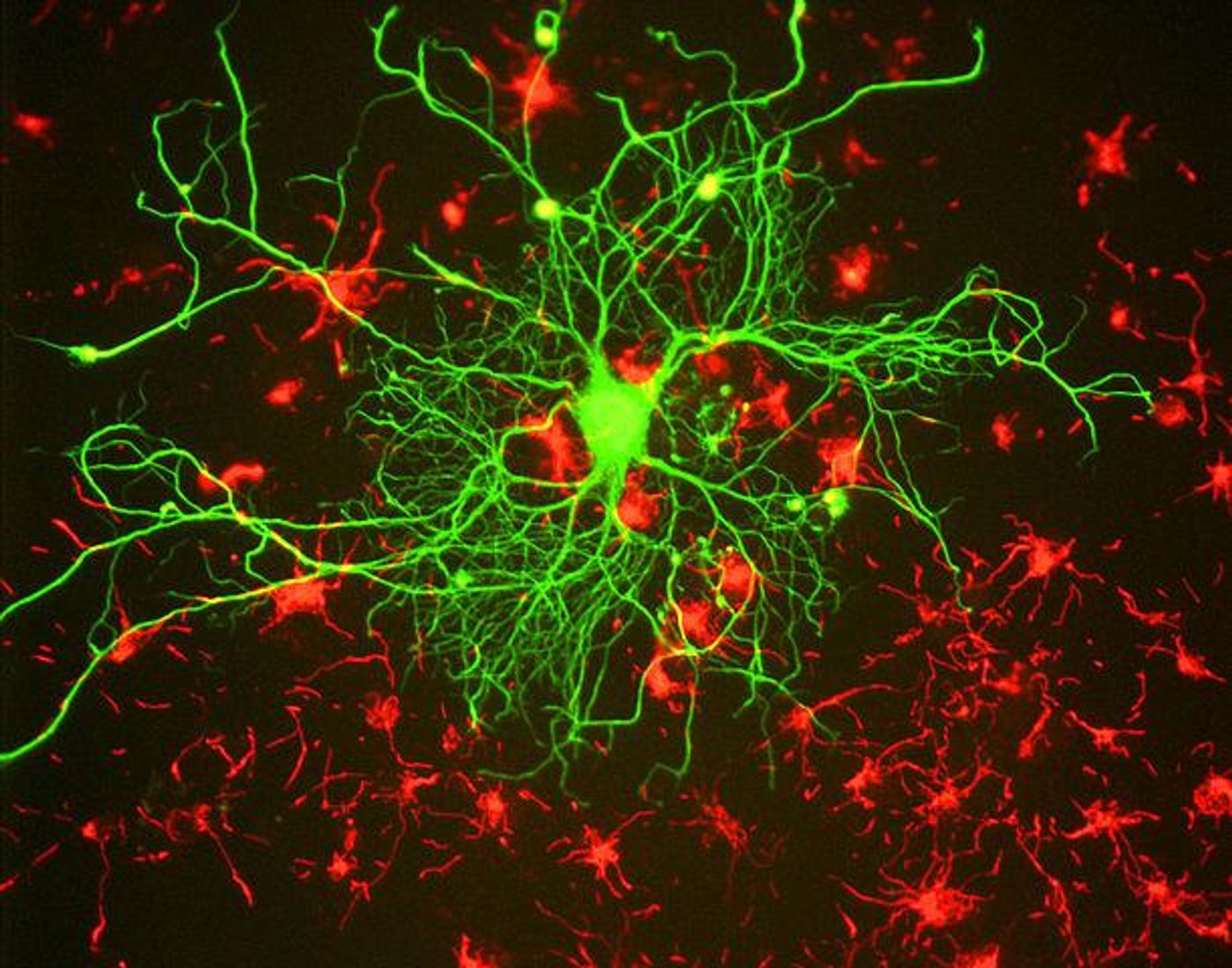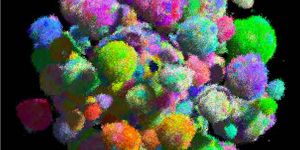Johns Hopkins researchers think that a common gene mutation triggers the brain damage associated with both amyotrophic lateral sclerosis (ALS) and frontotemporal dementia (FTD), as published in the journal Nature and reported in
Bioscience Technology.

The researchers said that the altered C9orf72 gene, located on human chromosome 9, instigates RNA molecules to block critical pathways for protein transport. This causes a molecular traffic jam outside brain cell nuclei and affects their operations and survival. An experiment showed that a molecular therapy relieved the jam and restored molecular flow into the cell’s core.
According to Jeffrey Rothstein, M.D., Ph.D., a professor of neurology and director of the Brain Science Institute and the Robert Packard Center for ALS Research at the Johns Hopkins University School of Medicine, “The discovery several years ago of this mutation — the most common one linked to ALS and FTD — was really a game changer for the field because it wasn’t a typical genetic mutation. Now we have some information about what it is doing early on to damage brain and spinal cord cells.”
“The mutation, the most common of the known genetic risk factors for the diseases, is associated with 40 percent of inherited ALS cases, 25 percent of inherited FTD and around 10 percent of noninherited cases of each disease,” said the
press release from Johns Hopkins. “Both diseases are characterized by degeneration of nerve cells over time. In the case of FTD, the damage causes problems with speech, understanding language and processing emotions. In ALS, the degeneration affects cells in the spinal cord as well as the brain, and patients gradually lose the ability to control their muscles.”
Rothstein added that researchers knew that the C9orf72 mutation, rather than changing one building block of DNA to another, caused an area of six DNA nucleotides to repeat hundreds of times. Because of the mutated DNA, the affected cells create long strands of repetitive RNA, genetic material normally responsible for transferring DNA’s genetic code outside the nuclei, to the apparatus that translates it into proteins.
Two years ago, Rothstein’s lab identified more than 400 proteins in the cell with which the repetitive RNA strands could interact directly. Now, along with the research group of Thomas Lloyd, M.D., Ph.D., an associate professor of neurology at Johns Hopkins, Rothstein’s team has found one of those proteins, RanGAP, to be critical to mediating the mutated RNA’s effect on cells.
According to Lloyd, “The key breakthrough came from using a fruit fly model of human ALS and FTD that allowed us to screen these 400 candidates for ones that block brain cell death in a living organism. This work identified RanGAP as a critical target of the C9orf72 repeats that could prevent brain cell death when its function was restored.”
When cells are healthy, RanGAP is a means of transporting molecules through nuclear pores that connect a cell’s cytoplasm and the nucleus. In their experiments with fly and human brain cells made from patients with the ALS-associated C9orf72 mutation, the researchers found that RanGAP is clumped up outside the nucleus. Proteins that rely on RanGAP for transportation into the nucleus cannot flow through the nuclear pores.
“The group had the data in human stem cells and a fly model, but we really wanted to know whether we could see this in the brains of patients,” said Rothstein. “So we went to our autopsy bank of human brain tissue and started looking.”
As the researchers looked at slices of brain tissue from patients with ALS and FTD, they found similar clumps of RanGAP and other proteins, including some crucial to neuron function, gathered outside of the brain cell nuclei. In experiments using the fly and human stem cells, the scientists inserted antisense oligonucleotides, pieces of RNA to bind to the repetitive RNA strands, to block them from interacting with the RanGAP protein. The clogged nuclear pores reopened, and critical proteins moved into the nucleus.
Rothstein is collaborating with Isis Pharmaceuticals to develop a drug to achieve the same for patients with ALS and FTD. While he believes that further studies are needed, he thinks his team has found a “good therapeutic target.”









